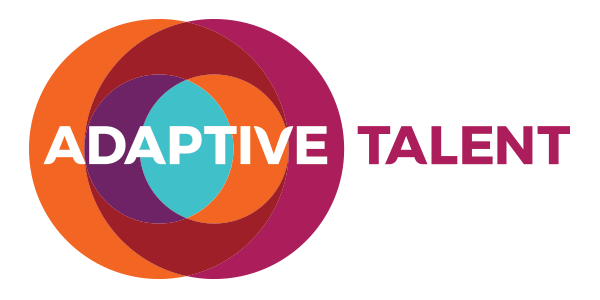My last post focused on a process to help you introduce objectives into your organization and I’d like to spend this blog sharing some pointers about the launch to your employees. I’ve boiled this down to the minimum and it’s more complicated to do it properly.
The most important thing in the short run is to figure out how to make objectives “stick” within your organization. This means helping your senior leaders articulate the value of objectives, guiding mid-level managers to create and link objectives / goals for their functions and for their employees, helping employees set smart objectives, and setting up methods of following progress (either in 1:1s or in various forms of group meetings). The organization’s chief executive is the most important person to help drive this change because people will mirror your focus and intensity. If you ignore it or let up, I guarantee that objectives will fail in your organization and it will reduce your credibility for future initiatives.
So how to have a fantastic launch?
Prior to organization-wide roll-out:
- Test out your one pager with a cross-section of employees (grade levels, job functions, seniority with your organization) to get their perspective. Do they understand everything and is it energizing? If not, work on it until it does.
- Establish minimum expectations of key management practices to ensure objectives are met and people are developed.
- Establish a calendar of key roll-out dates for your senior leaders and all people managers so people don’t drag their feet or go off in wildly different directions.
- Practice your elevator pitch! As the senior leader you need to be able to concisely and passionately tell your team about the strategic vision, key objectives, and key strategic themes for the year.
- Get your senior team together to practice the presentation. The act of presenting this will help execs with their elevator pitches, clarity around strategy, passion for rolling this out to their teams, and is a great team building exercise.
- Send a note to your organization inviting them to the presentation, sharing the key topics, and asking for questions.
Day of Launch:
- Secure an appropriate space with A/V, think about the logistics of transportation, and consider distributing copies of your one pager.
- Keep the total presentation time to 60 minutes max (40 minutes presentation, 20 minutes Q&A or some other form of interaction, shared across senior staff) with socializing afterwards.
- During the Q&A session, you can make people comfortable asking questions by having your senior staff move around the room asking previously submitted questions and/or having the questions on the projection screen.
- Have a beer blast or some sort of social event afterwards so people can have fun, build relationships, and ask the execs questions or suggest ideas in an informal way.
In my next post I am going to talk about some key processes you can use to further strengthen your culture and your organization’s ability to execute.
I hope this has been helpful and of course I would welcome the opportunity to help you and your team improve your execution agility and adaptability via our culture and organizational development consulting, meeting facilitation, communications and coaching / mentoring training, total rewards consulting, leadership coaching and development programs.

